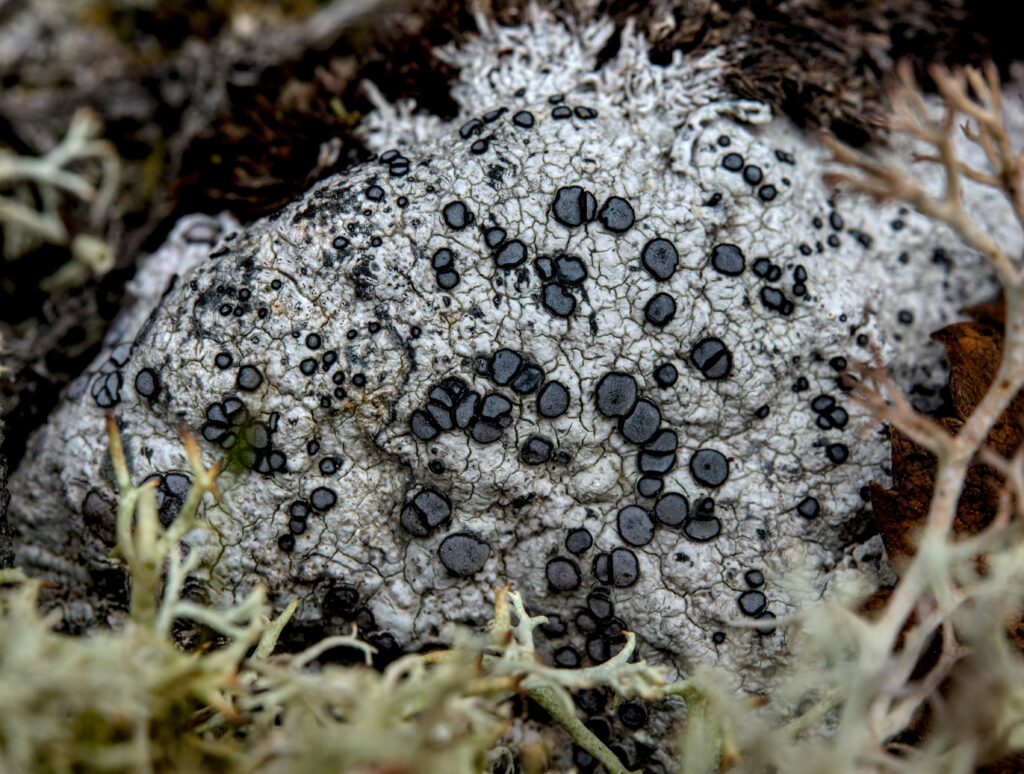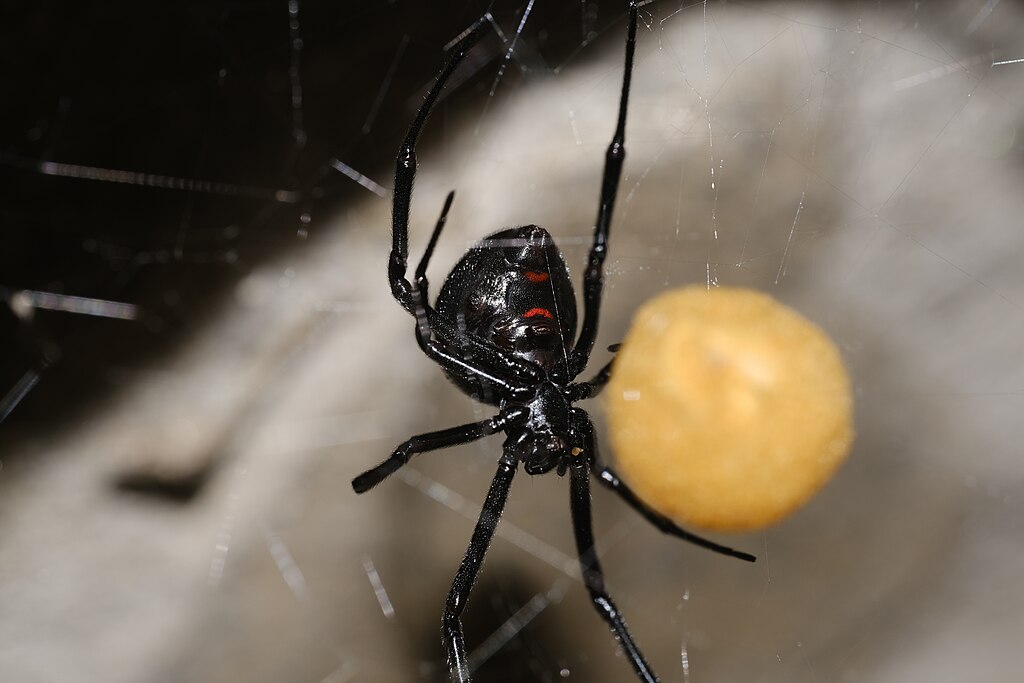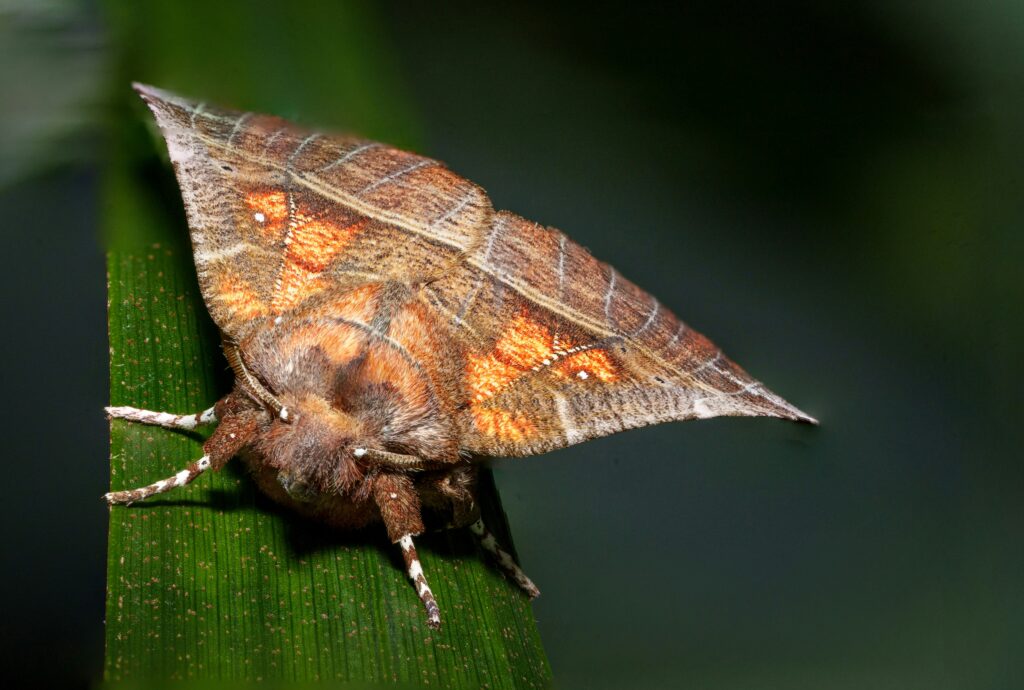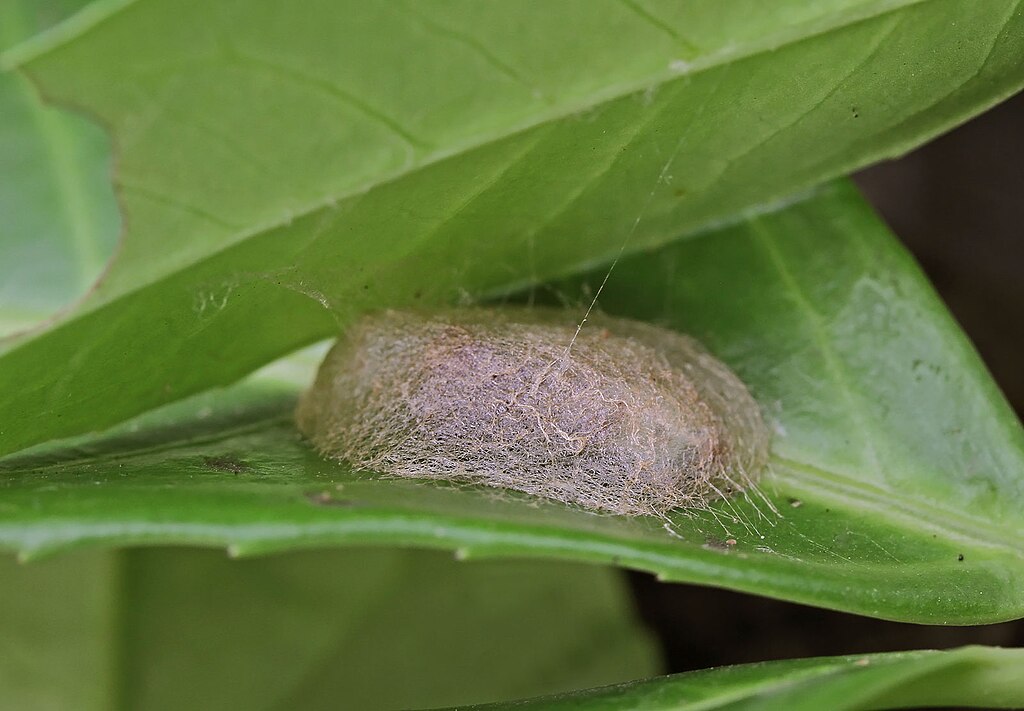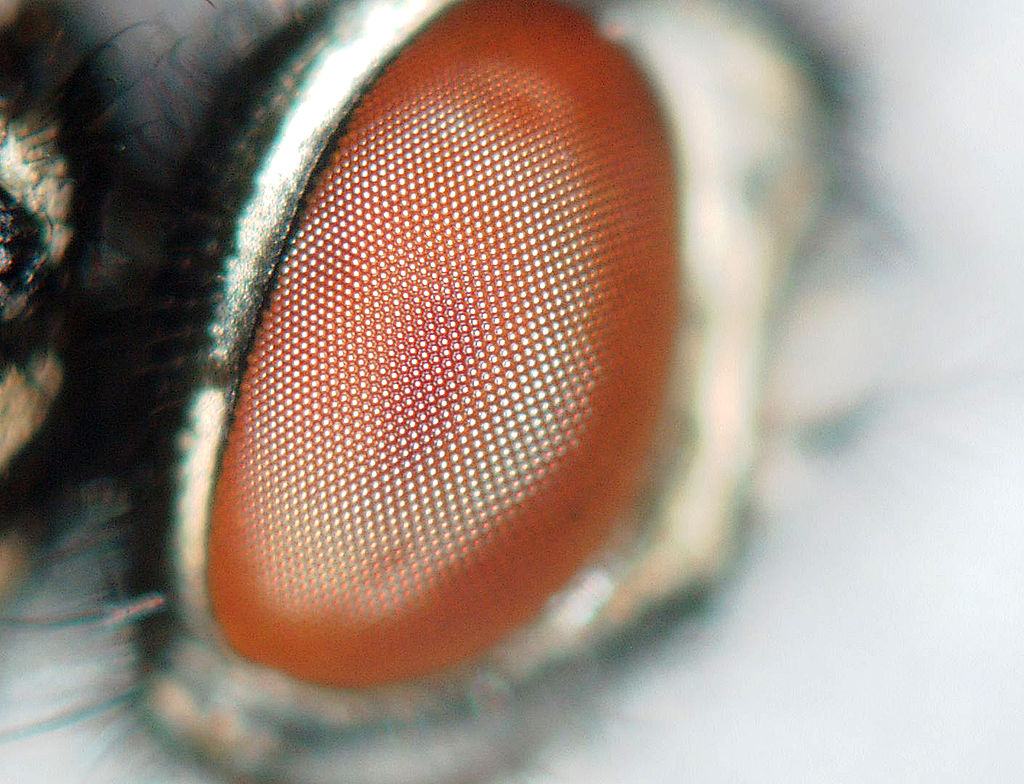Insects That Lay Eggs in Water Mud and Even Other Bugs
In the intricate world of insect reproduction, egg-laying strategies showcase remarkable diversity and adaptation. From the glistening surface of pond water to the depths of muddy swamps and even within the bodies of other creatures, insects have evolved fascinating methods to ensure their offspring’s survival. These varied reproductive techniques represent millions of years of evolutionary ...

